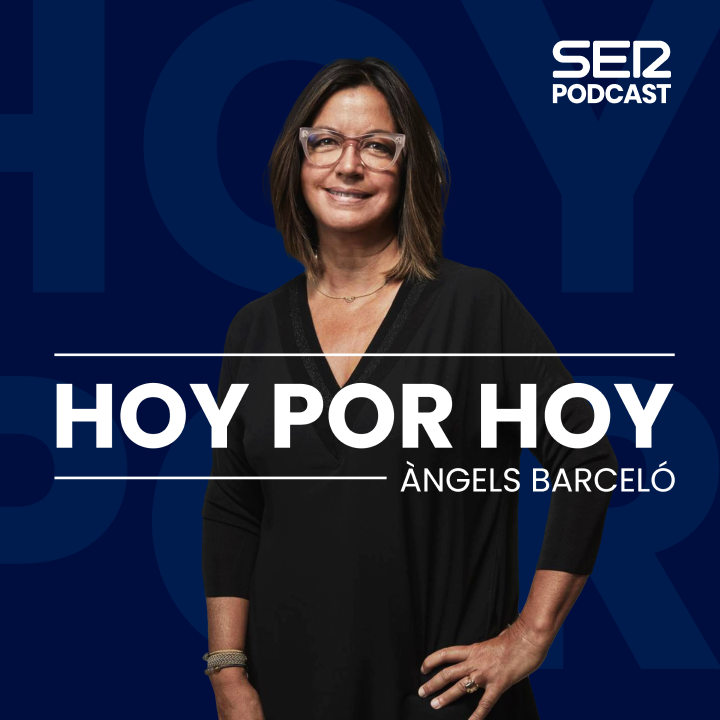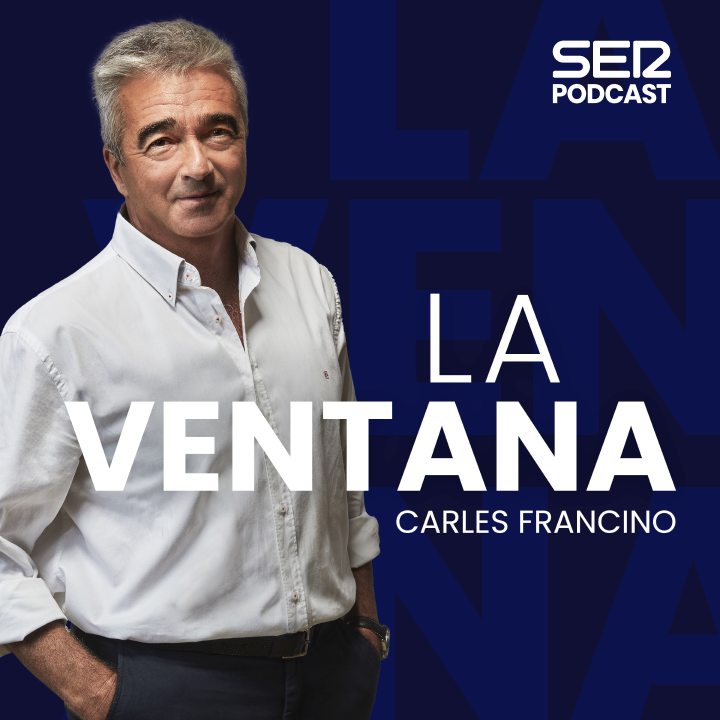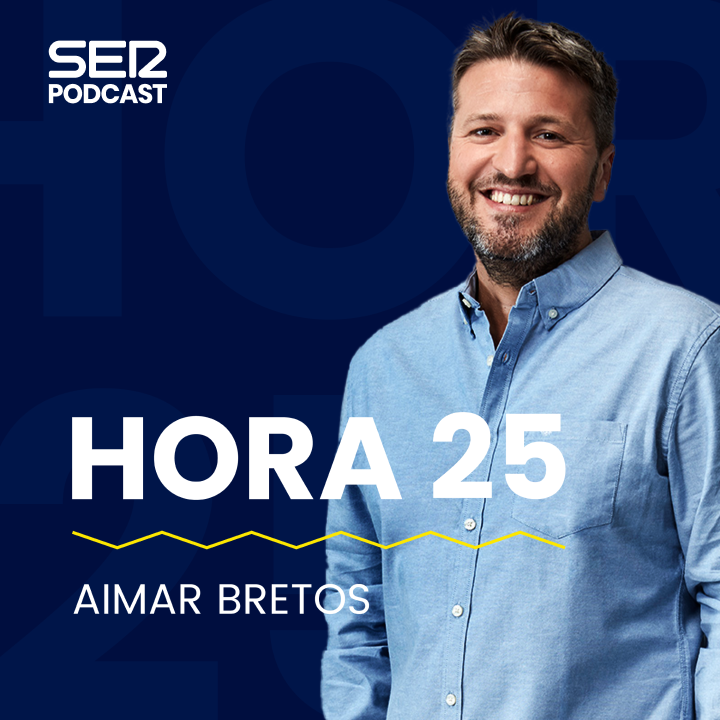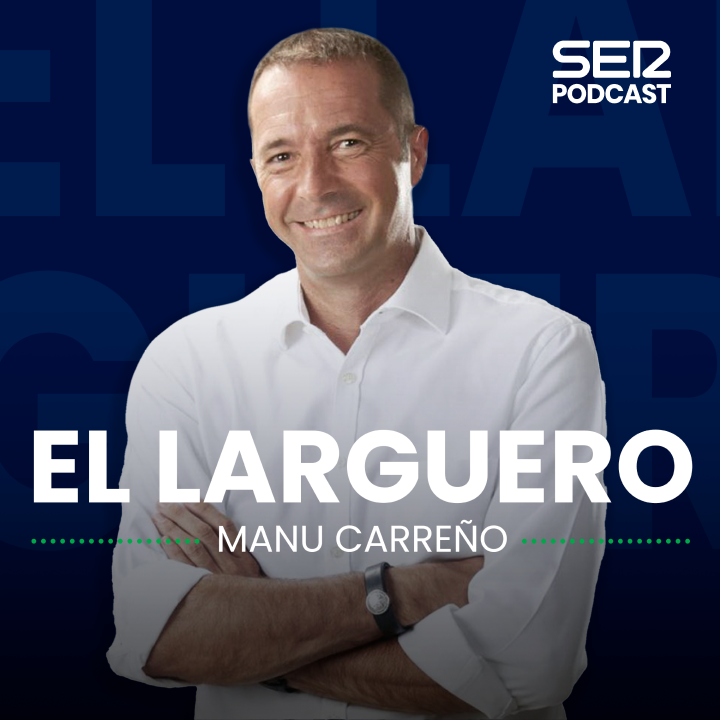Holy Friday in Málaga
The holy week is one of the most important events in Spain. Tradition, faith and passion move millions of people from different places around the world. Last year, Malaga welcomed more than 6 millions of visitors because of this celebration.


Málaga
DOLORES DE SAN JUAN
Description:
A traditional austere and silent character is one of the main characteristics of this brotherhood. The statue of Jesus, Santísimo Cristo de la Redención, that is carried on their float has great iconographic meaning, where good and evil are represented. Where we can see the Four Horsemen of the Apocalypse, the allegories of the plague, hunger, war and death, located at each of the four corners of the float. Each one of these can be recognised by the different props that each rider carries. The Plague carries a bag full of arrows on its back to spread the plague, Hunger carries a scale to reduce food, War rides on the Earth where it expands its horror and Death holds a scythe in its hands. In addition, a group of members from the brotherhood carry wooden crosses on their shoulders behind the float of the Christ. This scene is not typical of the Holy Week of Málaga as the nazarenos, normally, walk in front of the floats and carry candles or other sets of objects such as canes.
How are they dressed?
The nazarenos wear black tunics and capirotes with a belt made of straw.
MONTE CALVARIO
Description:
The float of the Christ represents the Mystery of the Sacred Shroud and on it we can find the Virgin, Nuestra Señora de Fe y Consuelo, Nicodemo and Joseph of Arimathea, Saint Mary Salome, Saint Mary of Cleophas and Saint Mary Magdalene. The float is made of gilded wood.
On the float of the Virgin, Santa María del Monte Calvario, we also see a statue of Saint John the Evangelist, both on a golden float with an embroidered canopy.
Before starting the official procession at the basilica of Santa Maria de la Victoria, the members of the brotherhood pray the Stations of the Cross in order to transfer the statue of Christ from the chapel to the main float.
How are they dressed?
The nazarenos of both sections wear black tunics and capirotes with an embroidered shield on the chest.
DESCENDIMIENTO
Description:
The throne of the Christ, Nuestro Señor Jesucristo del Sagrado Descendimiento, carries a sculptural group that represents the descent of Christ, once he was dead, from the cross. In this sculptural group we can find Jesus, Nuestro Señor Jesucristo del Sagrado Descendimiento, Joseph of Arimathea and Nicodemus, the Virgin, Nuestra Señora del Santo Sudario, Saint John, Saint Mary Magdalene, Saint Mary of Cleophas and Saint Mary Salome.
Some nazarenos of this brotherhood drag black flags representing the expression of mourning for the death of Jesus. In addition, they want to convey the figurative meaning of cleaning the blood from the body of Christ while they walked.
This brotherhood requests permission twice to continue with the procession. In addition to the mandatory one at the Official Grandstand, when passing through the door of the City Hall of Málaga, they also symbolically ask for the permission to continue to the local Government.
Asking for permission, called “Venia”, means asking for permission to continue with the procession before passing by the Official Grandstand. It is done by a representative of the nazarenos of each section, Christ and Virgin. It is also normal to ask for this “venia” when passing by the Alameda Principal avenue.
How are they dressed?
The nazarenos of both sections wear black tunics with tail with a belt made of straw. The capirotes are cream coloured, with the brotherhood emblem embroidered on the chest.
SANTO TRASLADO
Description:
On the float of Jesus there is a sculptural group formed by Saint Mary Magdalene, Saint Mary of Cleophas, Saint Mary Salome, Joseph of Arimathea, Nicodemus, the shepherd Stefanus and Jesus, Nuestro Padre Jesús del Santo Traslado. It represents the moment when Jesus is transferred to the Sepulcher. On each corner of this float we can see a cauldron, where ceremonial flames burn instead of the usual elements of illumination. The whole float spreads incense along the entire route through the streets of Málaga.
The Virgin, Nuestra Señora de la Soledad, is a so called “full carving” Virgin, representing the solitude of the Virgin Mary before the Cross. She does not wear an embroidered cape and her throne does not carry a canopy. It is a unique Virgin in the Holy Week of Málaga, which has great devotion in the brotherhood’s neighbourhood and its austerity makes her different from other carvings of the Virgin Mary.
A special and unique characteristic of this brotherhood is that all the nazarenos wear sandals instead of normal shoes
How are they dressed?
The nazarenos of the section of Christ wear black velvet tunics and burgundy capirotes and sashes. Those in the section of the Virgin also wear black velvet tunics and light blue capirotes and sashes. All nazarenos wear sandals as footwear.
AMOR
Description:
The carving of this Christ, Cristo del Amor, is one of the best preserved historical sets with the Virgin that we can see at its feet. The statue of Christ stands out because of its smaller size, providing a unique image in the city.
The Virgin, Nuestra Señora de la Caridad, carries in one of her hands, a heart with flames as an emblem of Charity. This symbol is repeated throughout this brotherhood, as the nazarenos also wear it on their tunics.
Something to highlight about these nazarenos is that they sing the song “Ubi Caritas” throughout the procession. This is a religious hymn used for many years as one of the antiphonies sang during the washing of the feet on Maundy Thursday.
The letter of the Ubi Caritas translated from the Latin goes as this:
Where charity and love are, God is there. Christ's love has gathered us into one. Let us rejoice and be pleased in Him. Let us fear, and let us love the living God. And may we love each other with a sincere heart.
Where charity and love are, God is there. As we are gathered into one body, Beware, lest we be divided in mind. Let evil impulses stop, let controversy cease, And may Christ our God be in our midst.
Where charity and love are, God is there. And may we with the saints also, See Thy face in glory, O Christ our God: The joy that is immense and good, Unto the ages through infinite ages. Amen.
How are they dressed?
The nazarenos of both sections wear tunics made of black Terylene. The capirotes, of the same colour, have a flaming shield in honour of Saint Augustine of Hippo embroidered on the chest. All Nazarenes wear an Augustinian belt.
PIEDAD
Description:
This float represents the moment when Mary holds her dead son in her arms. The statues are carried on a float made of mahogany wood. Also on this float we can see a wooden cross where a pigeon alighted. It is said that the workshop where this Pieta group was being carved was near a dovecot and one day one of those pigeons just alighted on the cross. Many decades later the family of these sculptors gave the brotherhood the sculpture of a pigeon so that this memory would not be lost.
One of the penitents, amongst the rows of nazarenos in the procession of the Pieta, carries on a cushion a crown of thorns used to "crown" Jesus.
How are they dressed?
The nazarenos of the Pieta wear black velvet tunics with the brotherhood shield embroidered on the capirote. They all wear a golden cíngulo as a belt.
SEPULCRO
Description:
It is the official brotherhood of the city of Málaga and therefore the main institutions of the city are represented in the procession. In the presidency of the procession we can see the mayor and the town councillors, the youngest of them carrying the flag of Málaga. We can also see in the procession representatives of different military corps, of the University and even a representation from the knights of the Order of the Holy Sepulcher.
In this procession, before we can see the nazarenos carrying candles, we will see some penitents carrying hand lanterns. Its use dates back quite some years, when the lanterns were used to light up the way for a priest when he would go to someone’s home to give the last spiritual rites to a dying person.
The float of Christ, Nuestro Padre Jesús del Santo Sepulcro is carried on a catafalque made of varnished wood with bronze and enamel. It is a unique image in the city because it represents Jesus Christ dead and covered with the shroud.
How are they dressed?
The nazarenos of both sections wear black velvet tunics with a black capirote with the shield embroidered on the chest. They also wear a golden cíngulo as a belt.
SERVITAS
Description:
The procession of this Order is completely different from the rest. The great dimensions of the floats and the music accompanying the rest of the brotherhoods of Málaga seem far away now. The little float of this Virgin, Dolorosa de los Servitas, is the only one of the entire Holy Week of Málaga that has no bell to give instructions to the carriers. The bell is replaced by a very low sound, in order not to break the silence that accompanies such a serious procession. During the procession prayers are said to the crown of thorns along the streets of the city, where lights are switched off as the procession approaches. This prayer is dedicated to the Virgin and its structure is quite simple.
The prayer begins with a short introduction and then it recites the seven pains of the Virgin in this order: Mary welcomes into her faith the prophecy of Simeon (Lk 2 34-35), Mary flees to Egypt with Jesus and Joseph (Mt. 2 13-14), Mary looks for Jesus lost in Jerusalem (Lk 2 42-45), Mary meets Jesus on the way to Calvary (Lk 23, 25-27), Mary next to the Cross of her son (Jn 19, 25 -27), Mary recieves the body of Jesus in her arms, taken down from the Cross (Mk 15, 42-45) and Mary gives the body of Jesus to be laid in the tomb (Jn 19, 40-42). In this way, after reciting each pain of the Virgin, one Our Father prayer and seven Ave Maria prayers are said. This is performed with something like a rosary, but with seven pains and seven beads each. Candles with three wicks are used to light up the streets. This is a unique moment since, at no other time during the Holy Week of Málaga a float completes its route in the dark. It is really striking to see how the lights slowly turn off as the Virgin passes.
How are they dressed?
Members of this Order walk in this procession wearing black tunics, hoods and a scapular.






